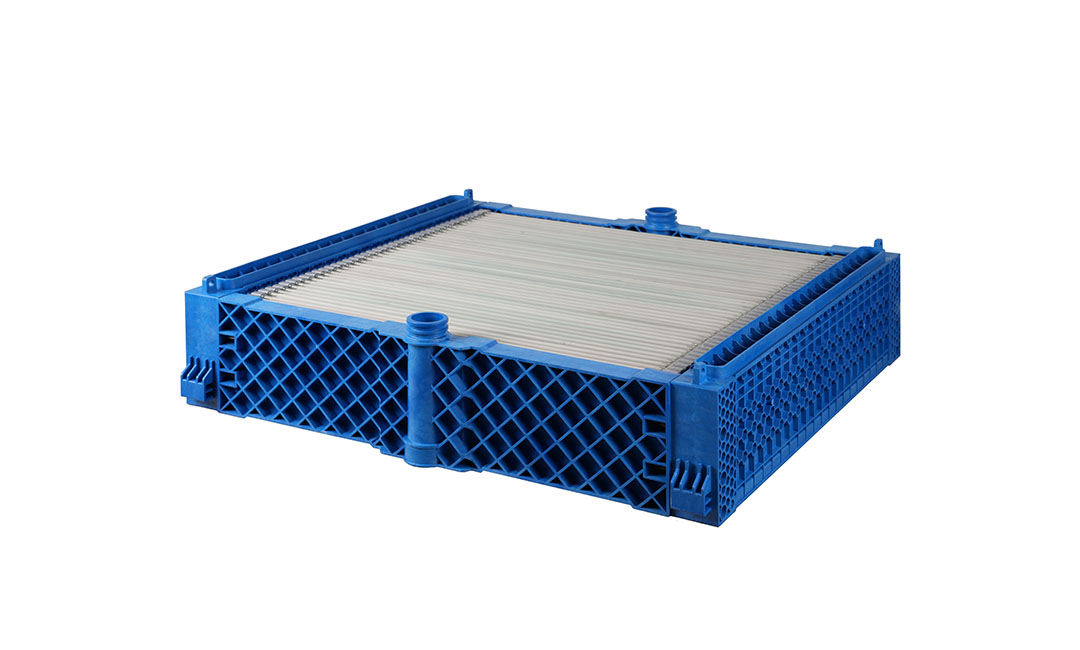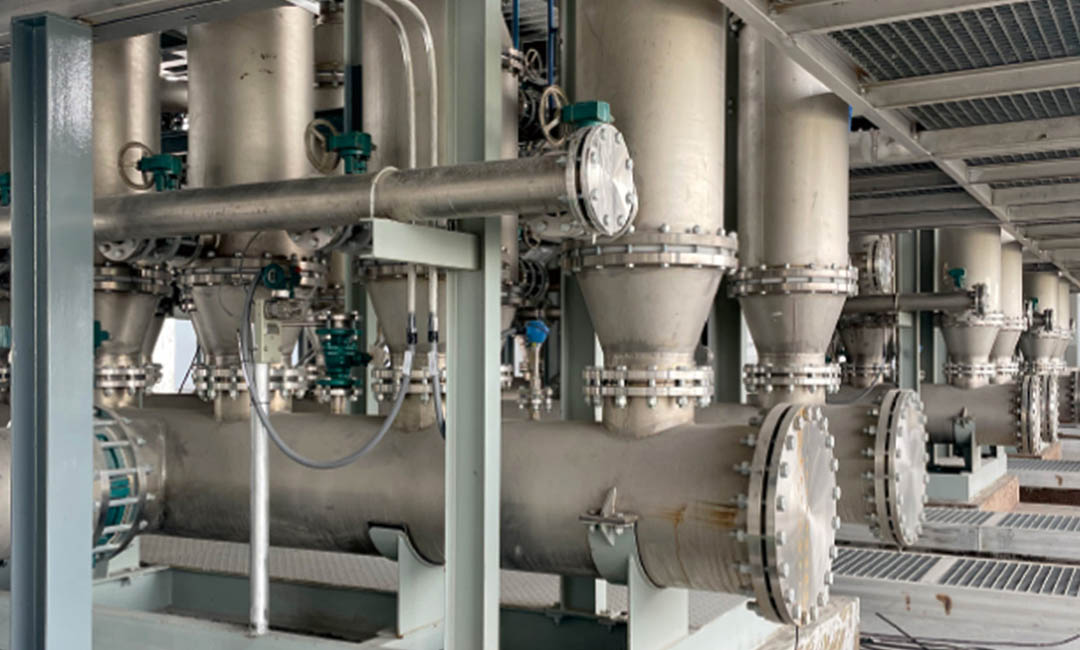Importance of Regular Cleaning and Maintenance for SiC Tubular Membranes
Silicon carbide (SiC) tubular membranes are widely used in various industries for filtration and separation processes due to their high chemical and thermal stability, as well as their excellent mechanical strength. However, like any other filtration system, SiC tubular membranes require regular cleaning and maintenance to ensure optimal performance and longevity.
Regular cleaning and maintenance of SiC tubular membranes are essential to prevent fouling, scaling, and other forms of membrane fouling that can decrease filtration efficiency and increase operating costs. Fouling occurs when particles, microorganisms, or other contaminants accumulate on the membrane surface, reducing the flow of water or other fluids through the membrane. Scaling, on the other hand, occurs when minerals or other substances precipitate on the membrane surface, forming a hard layer that can block the flow of fluids through the membrane.
To prevent fouling and scaling, it is important to establish a regular cleaning and maintenance schedule for SiC tubular membranes. This schedule should include routine inspections to check for signs of fouling or scaling, as well as periodic cleaning procedures to remove any accumulated contaminants from the membrane surface.
One of the best practices for cleaning SiC tubular membranes is to use a combination of physical and chemical cleaning methods. Physical cleaning methods, such as backwashing or air scouring, can help remove loose particles and debris from the membrane surface. Chemical cleaning methods, such as using acids or detergents, can help dissolve and remove stubborn contaminants that are not easily removed by physical cleaning alone.
It is important to note that the type of cleaning method used for SiC tubular membranes will depend on the nature of the contaminants present on the membrane surface. For example, if the membrane is fouled with organic matter, a detergent-based cleaning solution may be more effective, while if the membrane is scaled with mineral deposits, an acid-based cleaning solution may be more appropriate.
In addition to regular cleaning, it is also important to properly maintain SiC tubular membranes to ensure their long-term performance. This includes monitoring operating conditions, such as flow rates and pressures, to detect any changes that may indicate fouling or scaling. It is also important to replace worn or damaged parts, such as seals or O-rings, to prevent leaks and ensure proper membrane function.
Furthermore, proper storage and handling of SiC tubular membranes are also important for maintaining their performance. Membranes should be stored in a clean, dry environment away from direct sunlight and extreme temperatures. They should also be handled with care to prevent damage to the membrane surface.
In conclusion, regular cleaning and maintenance of SiC tubular membranes are essential for ensuring optimal performance and longevity. By establishing a regular cleaning schedule, using a combination of physical and chemical cleaning methods, and properly maintaining and storing membranes, users can prevent fouling, scaling, and other forms of membrane fouling that can decrease filtration efficiency and increase operating costs. By following these best practices, users can maximize the lifespan and performance of their SiC tubular membranes.
Effective Cleaning Techniques for SiC Tubular Membranes
Silicon carbide (SiC) tubular membranes are widely used in various industries for filtration and separation processes due to their high chemical and thermal stability, as well as their excellent mechanical strength. However, to ensure optimal performance and longevity of these membranes, proper cleaning and maintenance practices must be followed. In this article, we will discuss some of the best practices for cleaning and maintaining SiC tubular membranes.
One of the most important aspects of maintaining SiC tubular membranes is regular cleaning. Over time, fouling and scaling can build up on the membrane surface, reducing its efficiency and causing a decrease in flux. To prevent this, it is essential to implement a cleaning regimen that effectively removes these deposits without damaging the membrane itself.
One effective cleaning technique for SiC tubular membranes is backwashing. Backwashing involves reversing the flow of the filtrate through the membrane, dislodging any accumulated particles or debris. This process helps to prevent fouling and scaling, keeping the membrane surface clean and free from blockages. It is recommended to perform backwashing regularly, depending on the level of fouling present.
In addition to backwashing, chemical cleaning can also be used to remove stubborn fouling and scaling from SiC tubular membranes. Various cleaning agents, such as acids, alkalis, and surfactants, can be used to dissolve and remove deposits from the membrane surface. It is important to carefully select the appropriate cleaning agent based on the type of fouling present and the membrane material to avoid damage.

When performing chemical cleaning, it is crucial to follow the manufacturer’s guidelines and recommendations to ensure the safety and effectiveness of the cleaning process. Proper dilution of the cleaning agent, as well as the correct temperature and contact time, are essential factors to consider when cleaning SiC tubular membranes. After chemical cleaning, thorough rinsing with clean water is necessary to remove any residual cleaning agent from the membrane surface.

Another important aspect of maintaining SiC tubular membranes is monitoring and controlling the operating conditions. Factors such as temperature, pressure, and feed flow rate can impact the performance and lifespan of the membrane. It is essential to regularly monitor these parameters and make adjustments as needed to ensure optimal filtration efficiency.
Furthermore, regular inspection of the membrane surface is crucial for detecting any signs of damage or deterioration. Cracks, tears, or discoloration on the membrane surface can indicate potential issues that need to be addressed promptly. By identifying and addressing these issues early on, costly repairs or replacements can be avoided.
In conclusion, proper cleaning and maintenance practices are essential for ensuring the longevity and efficiency of SiC tubular membranes. By implementing effective cleaning techniques, monitoring operating conditions, and conducting regular inspections, the performance of these membranes can be optimized, leading to improved filtration efficiency and reduced downtime. Following the best practices outlined in this article will help to extend the lifespan of SiC tubular membranes and maximize their performance in various industrial applications.
Tips for Prolonging the Lifespan of SiC Tubular Membranes
Silicon carbide (SiC) tubular membranes are widely used in various industries for water and wastewater treatment due to their high chemical and thermal stability, as well as their excellent filtration performance. However, to ensure the longevity and efficiency of these membranes, proper cleaning and maintenance practices must be followed. In this article, we will discuss some best practices for cleaning and maintaining SiC tubular membranes to prolong their lifespan and optimize their performance.
One of the most important aspects of maintaining SiC tubular membranes is regular cleaning. Over time, fouling and scaling can build up on the membrane surface, reducing its filtration efficiency. To prevent this, it is essential to clean the membranes on a regular basis. The frequency of cleaning will depend on the specific application and operating conditions, but as a general rule, membranes should be cleaned at least once every few months.
When cleaning SiC tubular membranes, it is important to use the right cleaning agents and techniques to avoid damaging the membrane surface. Acidic and alkaline cleaning solutions are commonly used for membrane cleaning, but it is crucial to follow the manufacturer’s recommendations regarding the type and concentration of cleaning agents to use. Additionally, the cleaning process should be carried out carefully to avoid excessive pressure or temperature that could cause damage to the membrane.
In addition to regular cleaning, proper maintenance of SiC tubular membranes is essential for prolonging their lifespan. This includes monitoring the operating conditions of the membranes, such as pressure, flow rate, and temperature, to ensure that they are within the recommended range. Any deviations from the optimal operating conditions should be addressed promptly to prevent damage to the membranes.
Another important aspect of membrane maintenance is periodic inspection. Inspecting the membranes for signs of fouling, scaling, or damage can help identify potential issues early on and prevent them from escalating. In addition, regular inspection can help determine when cleaning or replacement of the membranes is necessary.
When it comes to storage of SiC tubular membranes, proper handling and storage conditions are crucial to prevent damage. Membranes should be stored in a clean, dry, and well-ventilated area to prevent contamination and mold growth. Additionally, membranes should be stored in their original packaging or in a protective case to prevent physical damage.
In conclusion, proper cleaning and maintenance practices are essential for prolonging the lifespan of SiC tubular membranes and optimizing their performance. By following the best practices outlined in this article, operators can ensure that their membranes remain efficient and reliable for years to come. Regular cleaning, monitoring of operating conditions, periodic inspection, and proper storage are all key components of a comprehensive maintenance plan for SiC tubular membranes. By investing time and effort into maintaining these membranes, operators can maximize their lifespan and ensure that they continue to deliver high-quality filtration performance.

